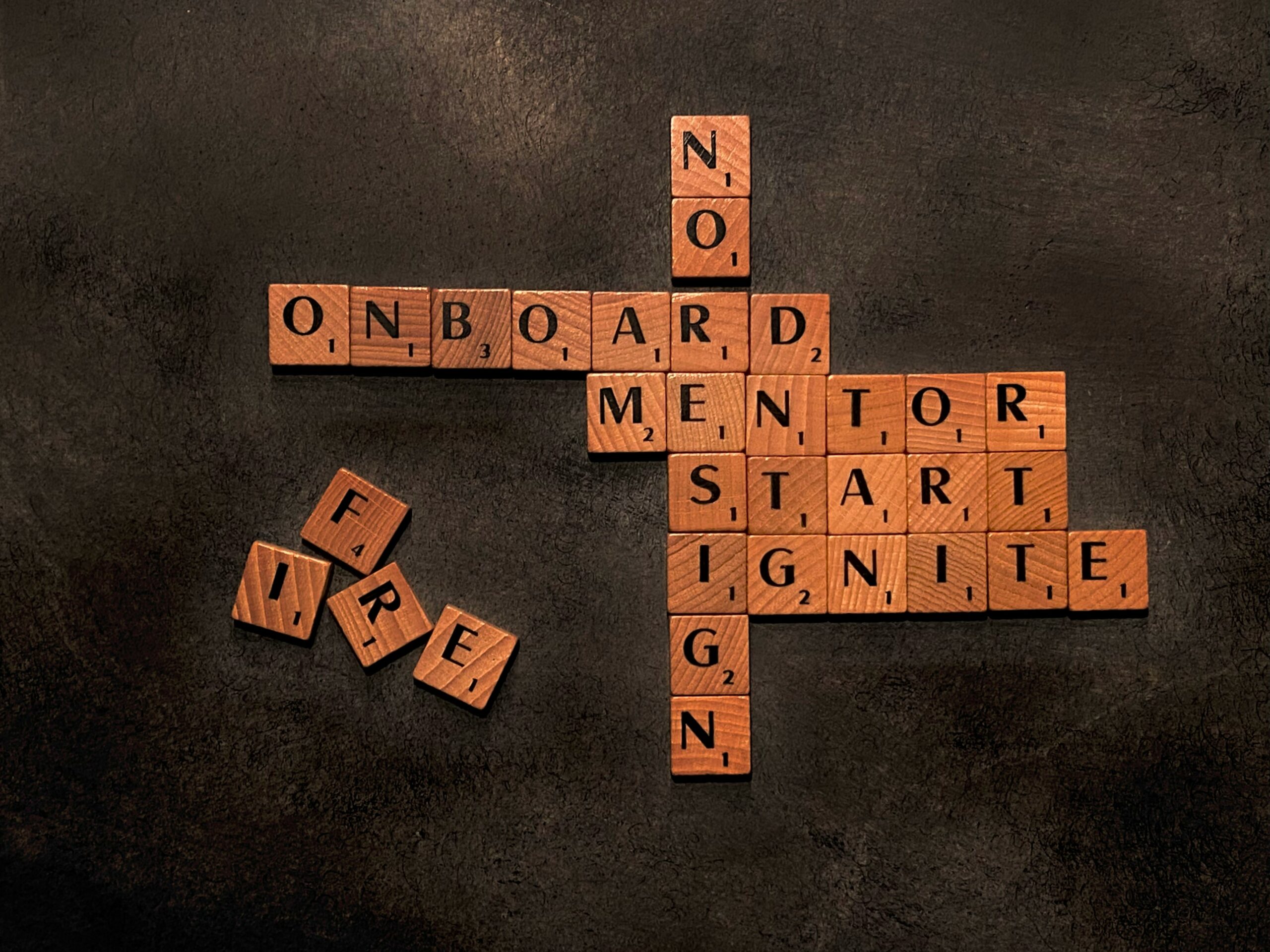International Day of Happiness falls on March 20th every day. As the United Nations says, “Happiness is a fundamental human goal” in our personal lives and at work.
This year’s theme, ‘Happier Together,’ easily applies to the workplace. It reminds us that “lasting happiness comes from feeling connected to others and being part of something bigger.” As a business leader, it’s vital that you feel connected to your team and that they feel connected to you.
Mihaly Csikszentmihalyi was a pioneering American-Hungarian psychologist who identified the notion of ‘flow’ as a fundamental foundation of happiness.
In his TED Talk, he calls flow the ‘secret to happiness’:
I totally agree with his practical, active approach to happiness:
“The best moments in our lives are not the passive, receptive, relaxing times . . . The best moments usually occur if a person’s body or mind is stretched to its limits in a voluntary effort to accomplish something difficult and worthwhile”
Csikszentmihalyi, 1990
When you are in ‘flow’, everything comes easily. Tasks are ticked off, actions are taken, and ideas are implemented. As a leader, it’s essential to recognise these highly productive times, but also when you’re not in flow. If you get stuck, take a break. As Alex Pang discusses in his book Rest: Why You Get More Done When You Work Less, the 5-day working week with two days off and the belief that we should work to earn rest is quite a Victorian concept. Alex argues that “we can be more successful in all areas of our lives by recognizing the importance of rest: working better does not mean working more, it means working less and resting better.”
Perhaps we need to reframe happiness, just like we need to reframe the concepts of work and rest.
Try eating the frog
It’s unrealistic to expect to be happy 100% of the time, but we can set ourselves up to celebrate the wins and see the positives. Tackling issues head-on might feel uncomfortable in the short term, but it could be a route to longer-term happiness. Whether it’s a personal challenge or a team problem, ignoring it allows it to fester and take up space in your head. Resolving them can bring a sense of relief and renewed purpose.
I don’t subscribe to the leadership approach of ‘Don’t come to be with problems, just solutions.’ To improve psychological safety at work, you need to tackle problems together. I firmly believe you get a better solution when you problem-solve together.
Slowing down can be powerful
It might seem counterproductive to do nothing, but it could be your most valuable investment. In his 80/20 Principle, Richard Koch says, “Action drives out thought.” We’re so busy doing things that we actually achieve less. Sometimes it’s good to sit and map out what you are trying to achieve and how you are going to do it than diving straight in, getting sucked into emails, meetings and tasks. How often do you reach the end of the day and feel you’ve accomplished nothing?

Plan your day and your week. Work out where you find your flow and your happiness. Try to build your day around things that you enjoy. I have got into a routine of going to exercise classes three times a week. I don’t love it when I’m there – I don’t even always want to go. But I always feel much better afterwards, and I’m so glad I made the effort. The classes are a route to happiness and fulfilment, and I am learning to love the benefits, if not the actual classes themselves.
Focus on what you can control. In the current world, it’s easy to see happiness as an unattainable Instagram lifestyle. Happiness can actually be very simple, like sitting in the sunshine and drinking a cup of coffee. It’s about fulfilment, making the most of the here and now, and being mindful of what we have to be grateful for.
In the workplace, it’s about being upfront about certain challenges and asking questions
Have an open and upfront conversation with your team. Talk about boundaries and processes, and give them more autonomy to find their own flow and happiness at work where they can. There’s a fine balance between being flexible and getting things done. However, empowering your people could reap huge rewards as you work towards a common goal and shared purpose.
“One person can make a difference, and everyone should try.”
John F. Kennedy
We can all do something positive to improve our happiness and the wellbeing of those around us. Just chatting with your team or colleagues and genuinely listening can have a hugely positive impact. As leaders, we are often focused on what needs to be done. But taking a step back to focus on the who and the how can mean so much. After all, it’s all about the people.
Please get in touch if you would like to chat further about developing your business culture and happiness at work. I’d happily share some of the resources and experiences that have benefitted me and my business.



